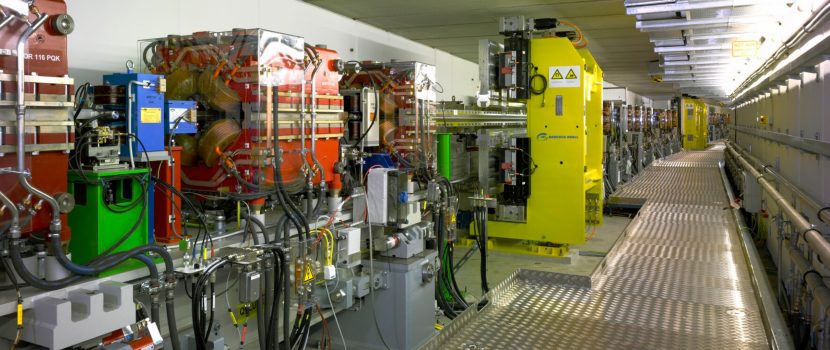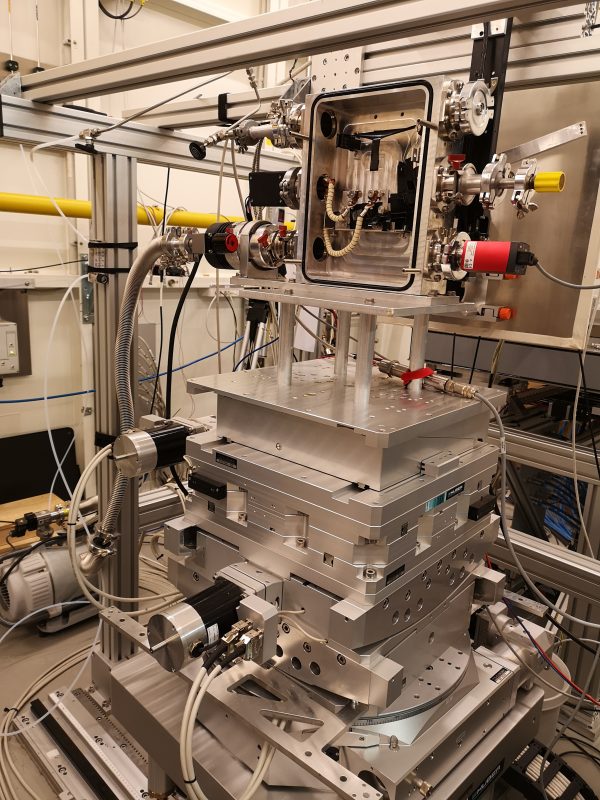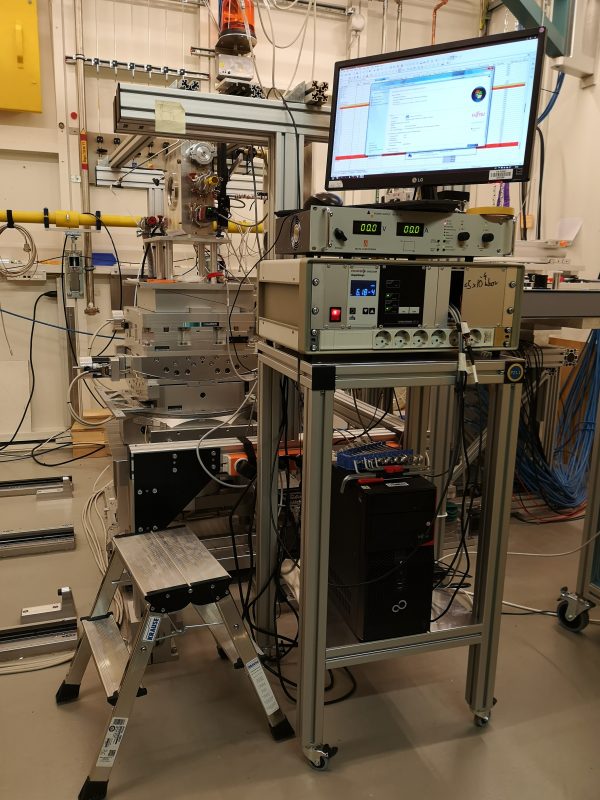
Beneficial phase transformations in metallic glasses revealed by synchrotron radiation
Bulk metallic glasses lack long-range order characteristics of their counterpart crystalline alloys. The unique atomic ordering makes metallic glasses very attractive for structural applications due to their large elastic strain, high strength, and hardness, and they have interesting functional properties such as soft magnetism, biocompatibility, corrosion resistance, and show promise in environmental applications such as in hydrogen storage applications. However, the catastrophic fracture of MGs under load essentially limits their application as structural materials, for example, being unable to use them as permanent implants. It has been shown in many studies that introducing ductile crystals into the glass is an effective way to enhance plasticity/ductility, keep strength simultaneously, or increase the bioactivity of the composite.
Unfortunately, the beneficial crystalline phases, such as the B2 phase in CuZr-based glass, are all high-temperature phases that are metastable at room temperature decomposing in thermodynamically more stable equilibrium phases. Therefore, intriguing questions remained that were: Under which conditions such metastable phases form? How can they be stabilized at room temperature for practical applications? An international team consisting predominantly of the Faculty of Environment (UJEP), IFW Dresden (Germany), Institute of Physics (China), and Deutsches Elektronen-Synchrotron DESY (Hamburg) revealed the underlying mechanisms, defined the conditions under which such crystals can be produced, and published the results in the Journal of Alloys and Compounds in 2023.
By applying very fast heating and cooling, in the order of tens of thousands of kelvins per second with a temporal signal detection of 4 ms by combining in-situ XRD synchrotron radiation inside a custom-built ultrafast heating rig and ultrafast heating calorimetry, a metallic glass can undergo a complex series of supercooled liquid to crystal and solid-state transformations. It is exactly by applying high heating rates exceeding 4,000 K/s and defined thermal treatment upon which the high-temperature phase beneficial to the mechanical properties of the glass can be stabilized at room temperature – the formation of the low-temperature equilibrium phase is kinetically suppressed.
The study thus, for the first time, completely reveals all phase transformation mechanisms in the glass, and defines conditions under which the beneficial phases can be formed. The paper also provides complex and complementary experimental engineering maps useful for guiding heat treatment of the glass achieving on-demand room-temperature microstructures which can be exploited in many aforementioned applications.
Reference
X. Han, J. Orava, Q. Cheng, Y. H. Sun, S. Liu, O. Ivashko, K. K. Song, K. Nielsch, I. Kaban, Crystallization and phase-transformation diagrams of Nb-doped CuZrAl metallic glass obtained by fast-scanning calorimetry and in-situ synchrotron XRD upon flash-annealing. J. Alloy. Compds. 942 (2023) 169051. https://doi.org/10.1016/j.jallcom.2023.169051
The archive of other published articles can be found here

